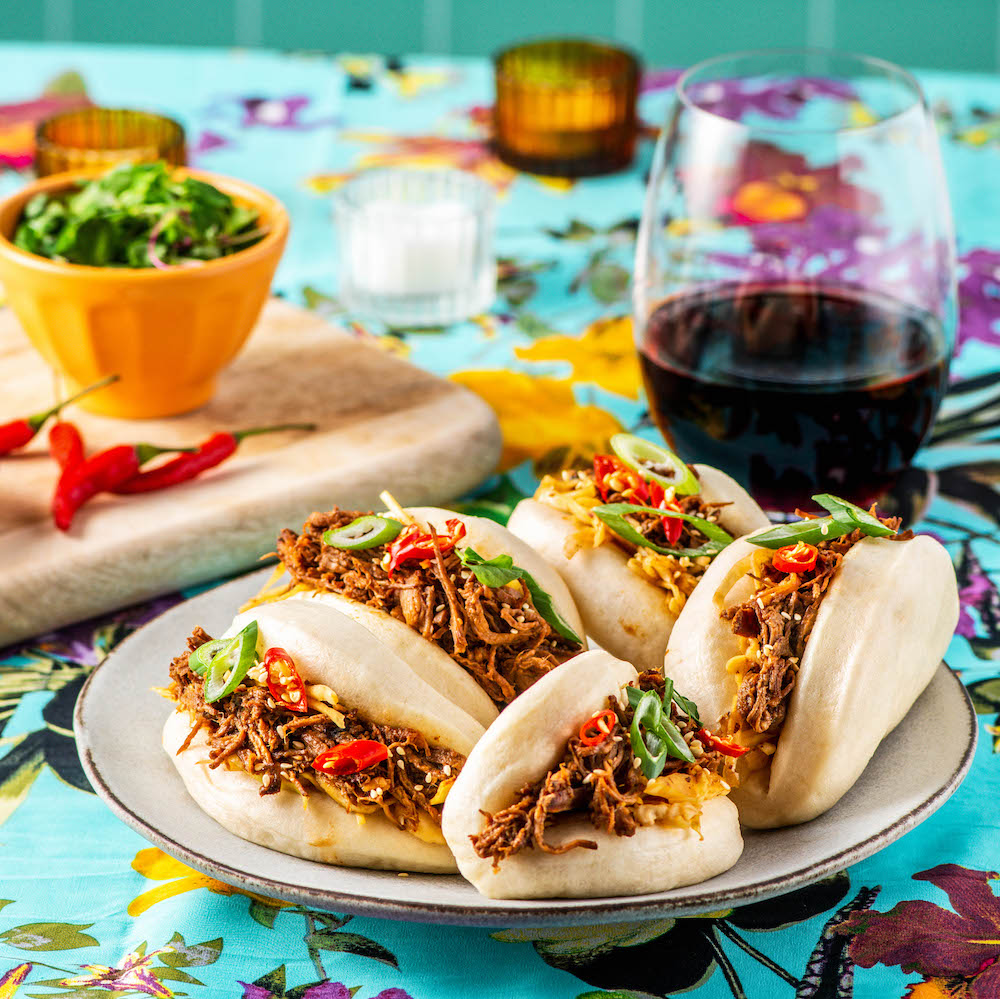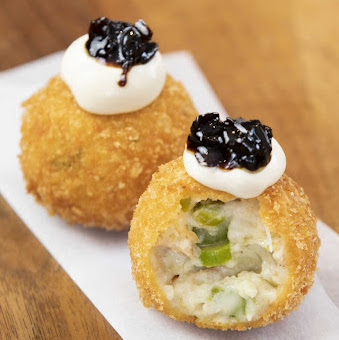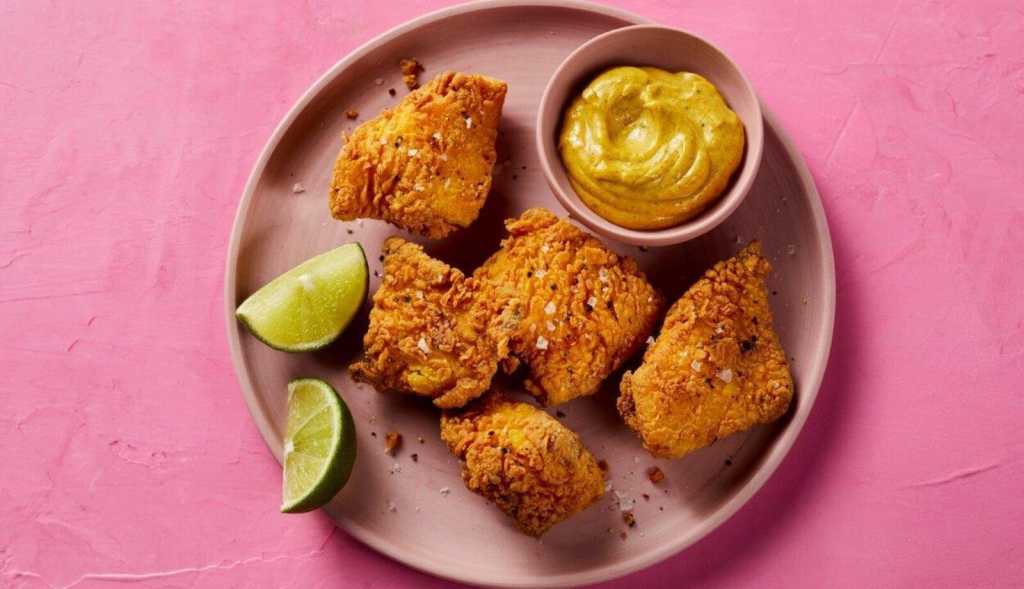
Shrimp Jambalaya
Cajun Kitchen has exactly what comfort food lovers need. This easy-to-make Shrimp Jambalaya will have you loving the quintessential creole flavors of the Cajun staple dish! Cajun cuisine, famous for its intense heartiness and spicy notes, developed in the southern United States and is known for reflecting a strong heritage. Also referred to as Acadians, the Cajuns are the descendants of French immigrants from Acadia, Canada. They had originally settled in Canada, but were expelled by the British in 1785 and moved on to Louisiana. In the countryside, the Cajuns lived off of the land and befriended Native Americans as well as Spanish and German settlers in the region, all of which helped shape the Cajun kitchen. The influences of African-Americans also played a key role in making the cuisine to what it is today. Many of the dishes are peppery stews such as jambalaya, derived from the Spanish paella, chowders, and soups inspired by german dishes as well as gumbos inspired by african cuisine, making the Cajun style of cooking as unique and fascinating as its history.
Over the last few years, cajun recipes have seen a bit of resurgence, becoming popular in seafood restaurants as a healthy option with rich flavor and delicious ingredients. The Shrimp Jambalaya developed by Jamie of Dishing Out Health is a classic rice dish featuring U.S.-grown long-grain rice, shrimp, and a variety of spices. This flavorful one-pot recipe comes together in just 45 minutes and is the perfect meal to enjoy in large portions with good company. And no worries, it is freezer-friendly and a leftover to look forward to!

Asian Brisket Bao
These lightly steamed buns, filled with rich beef brisket, crunchy coleslaw, and green onions, are the perfect snack or light lunch. A closer look at the tasty dish and you’ll discover that it combines two very different cuisines. Brisket was introduced to the United States in the late nineteenth century when many people of Ashkenazi Jewish heritage emigrated to Texas and brought their cuisine with them. Brisket is a cut from the breast section of cattle and represents one of the nine original cuts of beef, however, the definition of this cut differs throughout the world.
The steamed dough known as bao is believed to have originated way earlier, in the Three Kingdoms period in China, around the third century. While the maker of the first bao is unknown to this day, they were supposedly popularized by Zhuge Liang, a legendary military strategist. Today, bao buns can be found all over the world. In the United States, the bao has seen a huge resurgence, and restaurants dedicated to this Chinese delicacy have gained popularity.
The Asian Brisket Bao combines two unique dishes, creating a mouth-watering, flavorful recipe. To round out this inventive dish and make this meal even more international, pour yourself a nice glass of U.S. Merlot from California. This wine pairing is recommended as it not only tastes great but also compliments the meaty flavors of the brisket and brings out the unique characteristics of the bao buns.

Spanish-Korean U.S. Beef Goroke
This dish is the wonderful, culinary fusion of Spanish and Korean cuisine together with the delicious flavor of U.S. Beef. Spanish Chef José Miranda Morillo, who has a soft spot for the many croquette variants in Madrid, and his business partner Bini, who originally comes from Korea and enjoys delicious goroke (Korean name for croquettes), brought their insights together for this unique recipe.
Croquettes appear all over the world and almost every culture has developed its very own recipe. In the 19th century, croquettes came to Spain from France. While the French made their croquettes with potatoes, the Spanish used bechamel, a rich, creamy sauce made with butter, flour, and milk. Then in 1887, the croquette was introduced to Japan, from where it became popular in Korea. Today, Goroke can be found in almost every supermarket and convenience store in Korea and is appreciated for its taste and low cost. This unique recipe includes onion blossom vinegar mayonnaise, which gives the Goroke an unmatched creaminess, while soy sauce and smoked jalapeño chilies add umami flavor and a touch of heat. A U.S. Craft Beer marmalade adds notes of malt and a delightful heartiness that perfectly complements the taste of U.S. Beef and the crispy texture of the fried goroke. As you can see, this recipe, like all the Kochu Karu restaurant’s dishes, combines the best of both worlds.



